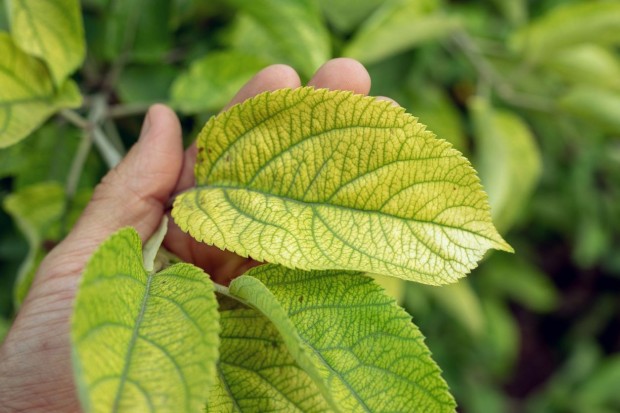Chyba v aplikaci hnojiv
Hnojivo poskytuje rostlinám živiny, které by mohly chybět v půdě. Nicméně, pokud vypustíte jednu dávku hnojiva, nebude to mít žádný významný vliv, kromě mírného zpomalení růstu rostliny. Pokud vynecháte dávku, nepanikařte, protože to lze snadno napravit.
Příznaky
Příznaky nedostatečné výživy rostlin v průběhu času zahrnují nedostatečný růst a nižší produkci květů a plodů. Můžete také pozorovat ztrátu barvy listů, což je jasný signál nedostatku živin.

Řešení
Pokud nevidíte žádné zjevné známky nedostatku živin, jako je zbarvení listů, okamžitě aplikujte běžnou dávku hnojiva a poté se vraťte k doporučenému hnojení.
Pokud se objeví příznaky nedostatku živin, můžete tentokrát přidat o trochu více hnojiva než obvykle, ale poté pokračujte podle doporučeného rozvrhu hnojení.













